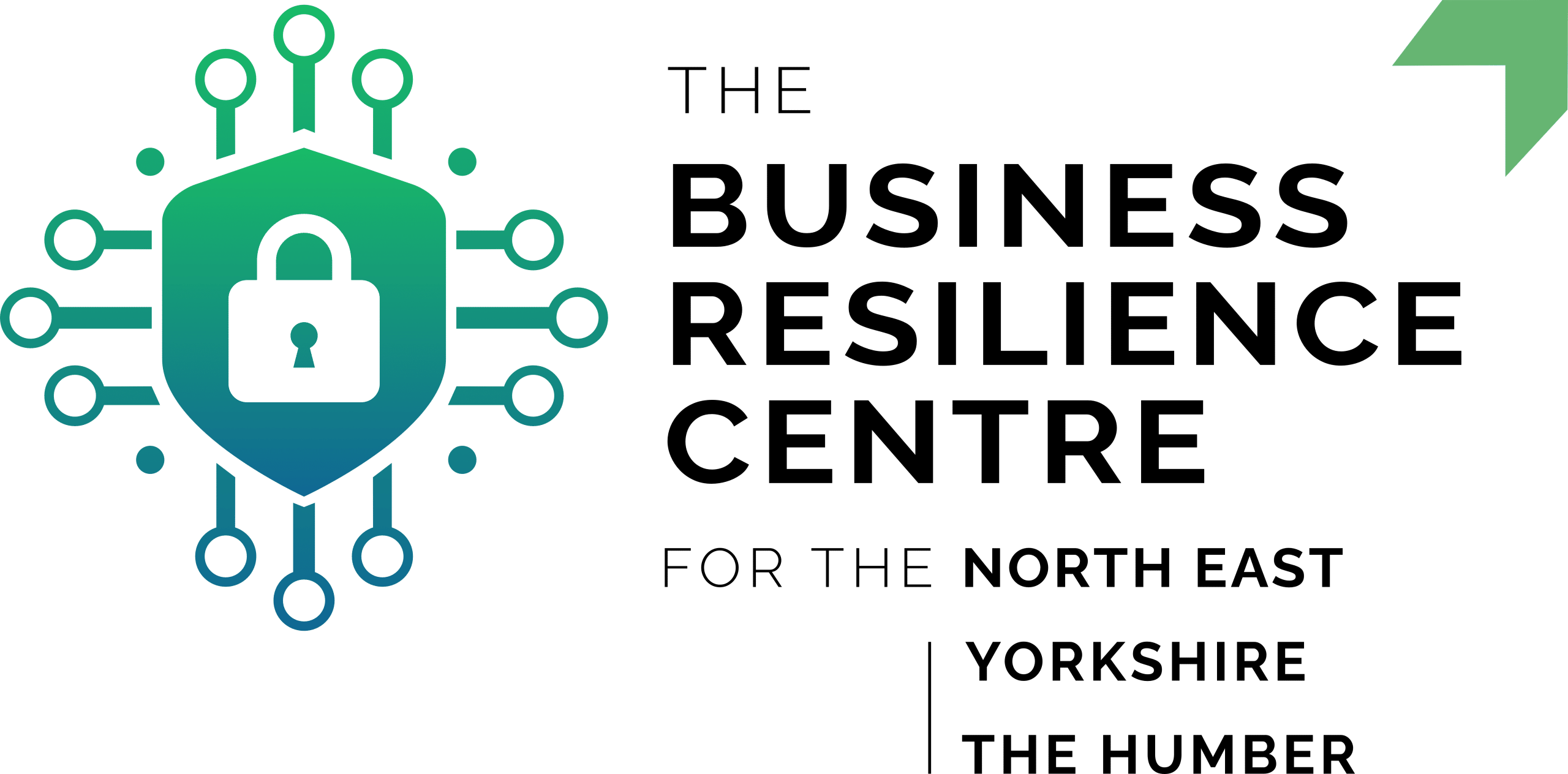Cyber criminals are getting smarter each and every year, which is why it is so important to ensure that IT systems and infrastructure are secure. One such way of checking the security of IT systems is by performing a vulnerability assessment. So, let’s jump right into it; why do we perform a vulnerability assessment?
Vulnerability assessments are performed to gain a better understanding of the weaknesses of a business’ IT infrastructure. The core aim is to unearth any vulnerabilities that could compromise IT security and operations, so that the business can create a plan to mitigate the risks.
Read on to learn more about vulnerability assessments, why they are important, and how often they should be conducted for better IT security.
What is the Purpose of a Vulnerability Assessment?
The purpose of a vulnerability assessment is to identify and analyse weaknesses in IT infrastructure . The aim is to unearth any vulnerabilities that could compromise a business’ security and operations so that they can create a plan to minimise the risks.
A vulnerability assessment doesn’t just outline weaknesses, they typically also provide routes for mitigation. This provides a business with a deeper understanding of their assets and security flaws and should reduce the likelihood of a cyber attack.
Why Conduct a Vulnerability Assessment?
There are numerous benefits to conducting a vulnerability scan, including:
- Identifying weaknesses before cyber criminals do.
- Proving to customers and stakeholders that your systems are secure.
- Complying with industry requirements.
- Saving time and money in the long run.
Types of Vulnerability Assessments
The type of vulnerability assessment(s) that a business requires depends on their systems and how they operate. At the NEBRC we offer a vulnerability assessment that covers all important checks for businesses. Typically, our vulnerability assessments include:
- Network Scans – A scan across the whole network and all devices attached to it at the time.
- Web Application Tests – A web application test which tests vulnerabilities across the website of the business.
- External Scans – Scans conducted from outside the network, targeting infrastructure exposed to the internet, including open ports in the firewall and web applications firewalls.
Learn more about our vulnerability assessment service by clicking here.
Is a Vulnerability Assessment the Same as a Penetration Test?
Whilst some people use the terms interchangeably, a vulnerability assessment and penetration testing are not the same thing. A vulnerability assessment finds and a system’s weaknesses. Penetration testing, on the other hand, is a goal-orientated exercise. It focuses on simulating real-world attacks by mapping out paths that a real cyber criminal could take to breach a business’ system. Ultimately, it identifies and exploits vulnerabilities.
We liken this to a burglar who breaks through the window and sees what can be taken or actually goes in and steals the goods. The first is a vulnerability approach and the second is a pen test and we often find that most only need a vulnerability assessment to comply.
That being said, penetration testing will likely include vulnerability assessments as part of the process. It’s an additional layer of security that might not otherwise be detected in network or system scans.
When Should a Vulnerability Assessment be Done?
It is generally recommended that vulnerability scans of both internal and external systems be conducted at least annually. However, due to compliance and regulation, some industries may need to conduct scans more regularly. Some will be required to run them monthly, or even as often as weekly to ensure system security.
How to Perform a Vulnerability Assessment
Unless a business has an in-house IT team with the required capabilities, we strongly recommend hiring a trusted company to perform vulnerability assessments. Whilst each company might have a different approach, they will likely all follow the same core components.
- Vulnerability Identification
Various scans and tests are done in this first stage to compile a list of weaknesses and threats. Both manual testing and automated tools are used to check for weaknesses such as poorly designed systems, insecure networks, insecure access controls and more.
- Analysis
Once weaknesses are identified and compiled into a comprehensive list, the assessor then needs to identify the root cause of each weakness and the risks associated with them.
- Reporting
At the end of the process, the business will receive a report that includes the identified vulnerabilities, the risks associated with them, and potential ways to resolve the risks. Some companies may also provide definitions and explanations in the report to help businesses better understand their vulnerabilities and how to resolve them.
Learn more about how a vulnerability assessment is done in our dedicated blog. We go into more detail about the stages of an assessment and provide further recommendations to ensure the security of a network.
Keep Your Network Safe with NEBRC
At NEBRC, we’re a police-led not-for-profit organisation that’s dedicated to your cyber security. We work closely with you to keep your data safe and reduce your risk of cyber attack.
Visit our website to find out more about our Network Vulnerability Assessments, or to find out about our Web app Vulnerability Assessment to protect your website too. Or, why not sign up for our Free Core Membership, designed to provide you with relevant resources and ongoing support to improve your resilience to cyber security threats.

